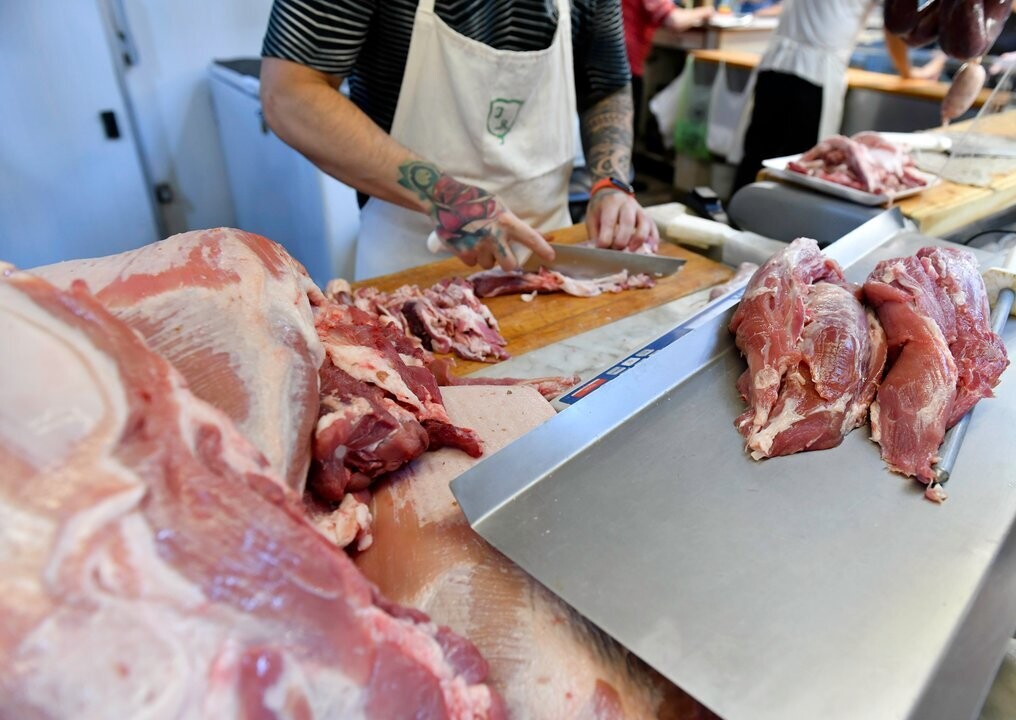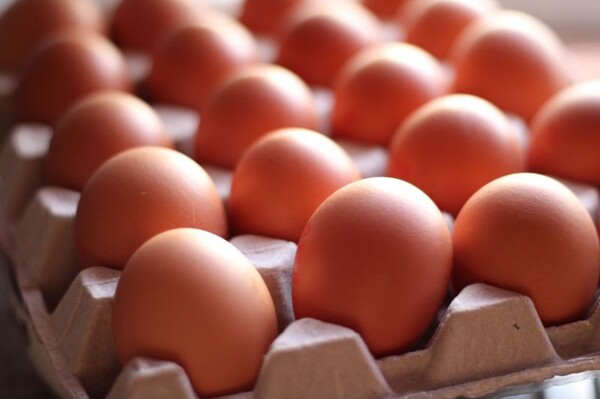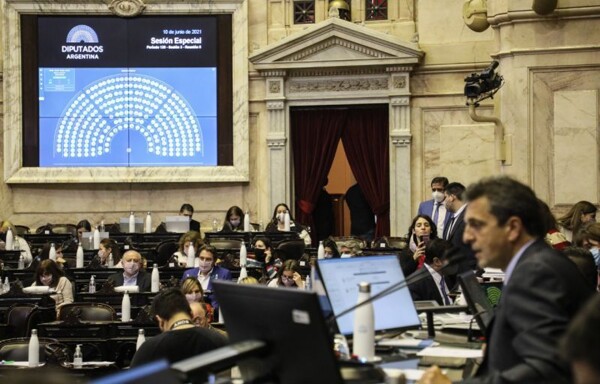
The meat industry in Argentina is facing a difficult situation due to a 25% decrease in the supply of cattle in the market. In this scenario, butchers and slaughterhouses are rushing to ensure they have enough meat available by early February, as demand usually increases with the conclusion of the summer holidays.
According to Miguel Schiariti, president of the Chamber of Meat Industry and Commerce of the Argentine Republic (CICCRA), the prices of the most consumed cuts of meat have experienced a significant increase. The average prices per kilo of some of these cuts are the following: Nalga Milanesa at $11,250, Asado del Medio at $11,800, Tapa de Asado at $8,350, Vacío at $14,399, Peceto at $14,499, Bola de Lomo Milanesa at $9,270, Roast Beef at $7,750, and Lomo at $16,699.
Schiariti also pointed out that the situation for meat producers is becoming increasingly complicated, as Argentina currently has the most expensive steer in South America due to the stabilized exchange rate. Meat prices have increased by 15% in the last week, mainly due to rains across the country and seasonal factors. A new adjustment of 5% is expected by next Friday.
The president of CICCRA proposes as a solution to this situation the elimination of export duties and the removal of currency controls. On the other hand, in 2024, the average meat consumption per inhabitant in Argentina was 47.7 kilos, which represents a 9% decrease compared to 2023. Schiariti predicts that this downward trend will continue, as with the price of one kilo of beef, three kilos of chicken or two kilos of pork can be purchased.














